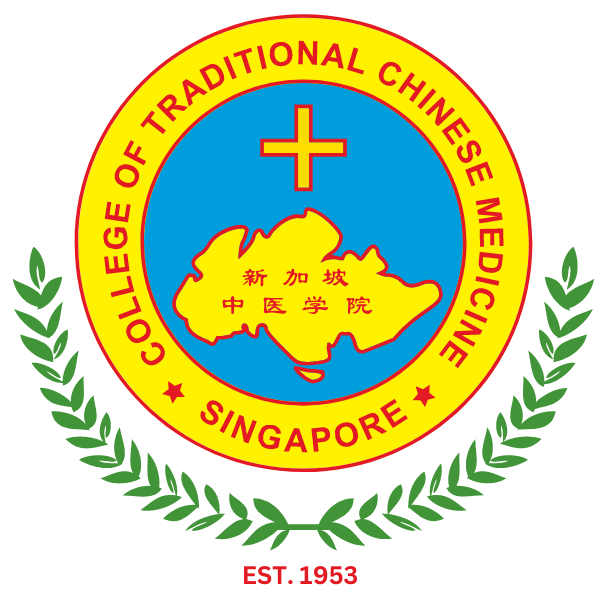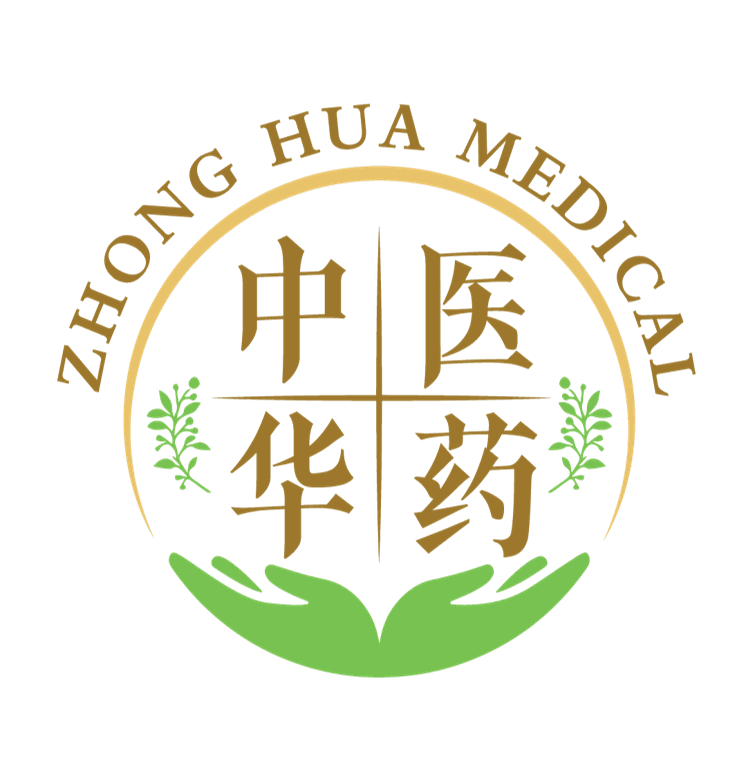For centuries, Traditional Chinese Medicine (TCM) has been rooted in the philosophies of Yin-Yang and the Five Elements. These ancient principles reveal the intricate connections within the body and emphasise the importance of maintaining balance to ensure overall health.
According to these age-old concepts, any imbalances in the body’s vital energies—whether an excess or deficiency—can negatively impact physical, mental, and emotional health.
In this article, we will explore the principles of Yin, Yang, and the Five Elements within TCM, and learn how they guide diagnosis and treatment to restore harmony and vitality.
Yin and Yang in Traditional Chinese Medicine
In ancient Chinese philosophy, Yin and Yang represent two opposite yet complementary forces that form the foundation of all phenomena in life.
These forces depend on and constantly influence each other. Dark/light, male/female, and day/night are just some examples of the duality of Yin-Yang found in our world.
This concept also makes up one of the fundamental pillars of Traditional Chinese Medicine.
For the body to remain healthy, Yin and Yang must always be in balance. This can be achieved by ensuring a smooth flow of Qi, which is energy or life force, throughout the body. When there is a lack or excess of Qi, or if its pathways in the body become blocked, various illnesses and ailments can arise.
While Western science has yet to prove the tangible existence of Qi, studies have linked it to the role of the mitochondria in human cells.
Mitochondria are responsible for providing the energy that cells require to function, and any malfunction or block in the production of that energy can cause symptoms to manifest in those organs or tissues. This is similar to the role played by Qi in sustaining the body’s energy flow and overall health.
Yin and Yang Elements in TCM
Different elements and substances in TCM can be categorised as either Yin or Yang:
Organs
In TCM philosophy, body organs are divided into yin and yang categories.
Yin organs produce, store, and transport vital substances like a person’s Qi, blood, and other bodily fluids. Five of the major yin organs are the heart, lungs, liver, spleen, and kidneys.
On the other hand, yang organs function to transport and digest substances in the body and remove waste products. Yang organs include the kidneys, stomach, and intestines.
Herbs
Herbs used in TCM treatments have either Yin-stimulating or Yang-stimulating properties.
Yin-stimulating herbs are used to treat inflammation or detoxify the body, while Yang-stimulating herbs are used to address certain deficiencies. Ginseng can boost Yang levels in the body, while cinnamon can remove excess Yin.
How TCM Practitioners Apply Yin and Yang Principles
Yin and Yang are key elements of diagnosing and treating patients in TCM. Practitioners use these concepts to evaluate any imbalances in the body and develop personalised treatment plans to restore harmony.
Diagnosis
The TCM practitioner will observe, question, and test the patient to determine the nature of their ailment. Symptoms can be categorised as either Yin or Yang-related depending on the patient’s condition.
For example, Yin-related symptoms usually manifest as fatigue or digestive issues, while Yang-related symptoms involve inflammation and fevers.
During the diagnosis process, the practitioner will also assess whether the condition is caused by either too much or too little of either Yin or Yang in the patient’s system.
Treatment Approaches
Depending on the type of imbalance, a TCM practitioner may prescribe one or more of the following remedies to restore harmony in the patient’s Yin-Yang levels:
- Acupuncture
Fine needles are used to stimulate specific points in the body to relieve pain, boost circulation, improve mood, and stimulate or calm Yang energy as needed.
- Cupping
Glass cups are placed on the skin, and the resulting vacuum force helps to improve blood circulation, reduce pain, and remove tension or blockages from the body.
- Moxibustion
Mugwort herb is burned on or near the skin to treat areas that may be deficient in Yin or Yang energy. This method is particularly beneficial for digestive issues, menstrual problems, and joint pain.
- Herbal Medicine
TCM practitioners will prescribe different herbs in the form of tonics, soups, pills, or powders for patients to consume. Herbs like liquorice root, ginger, goji berries, and more can all be used to treat a range of ailments.
- Dietary and Lifestyle Recommendations
A TCM practitioner may supplement treatments with advice about what types of food to eat, and lifestyle changes that could help relieve symptoms. For instance, excess “heat” or Yang in the body can be tempered by cooling foods such as lettuce and cucumber.
The 5 Elements Theory in Traditional Chinese Medicine
The five elements in TCM are wood, earth, air, fire, and metal. Mentions of the five-element theory, or Wu Xing (五行), can be dated as far back as 300 BC.
This theory describes how different aspects of the natural world interact with one another in an ongoing cycle of balance and transformation. Each of the five elements symbolically represents different organs, seasons, emotions, and so on.
The table below illustrates the connections between the five elements and their corresponding organ systems in TCM, demonstrating their relationship to the Yin-Yang philosophy:
| Element | Yin Organ | Yang Organ |
| WOOD | Liver | Gallbladder |
| FIRE | Heart | Small Intestine |
| EARTH | Pancreas | Stomach |
| METAL | Lung | Large Intestine |
| WATER | Kidney | Bladder |
Source: Healthline
Connections Between the Five Elements
The five elements are connected by two key cycles of interaction:
- The Generative Cycle, where each element creates or nourishes the next:
- Fire generates earth
- Earth generates metal
- Metal generates water
- Water generates wood
- Wood generates fire
- The Controlling Cycle, where one element is destroyed or dominated by another:
- Water controls fire
- Fire controls metal
- Metal controls wood
- Wood controls earth
- Earth controls water
When these cycles function properly, the body remains harmonious and healthy. However, imbalances in one element can cause a chain reaction which destabilises the body’s other systems.
The Five Elements and the Human Body
The interconnections between the Five Elements and their corresponding organs illustrate a holistic approach to health in TCM.
By using the Five Elements as a framework, practitioners can diagnose imbalances effectively and develop treatment plans that restore the individual’s physical, mental, and emotional well-being.
Scientific research has shown promising results in the application of the Five Elements Theory in medicine. A 2020 study suggests that integrating this theory into diagnosis and treatment can lead to more comprehensive and effective healing approaches for patients.
Below is an overview of the five elements, their corresponding organs, and treatment options that a TCM provider might recommend to restore balance:
- Wood: The Liver and Gallbladder
The liver is responsible for the smooth flow of Qi throughout our body. A healthy liver works to process blood, synthesise nutrients, and remove harmful substances from the blood. Meanwhile, the gallbladder stores and releases bile produced by the liver, and plays an essential role in digestion.
These organs are governed by the wood element in traditional Chinese medicine.
When the wood element or liver energy is out of balance, it can cause a sense of physical stagnation. The individual may experience headaches, digestive problems, menstrual issues, and often feel angry or irritable.
TCM Treatment Options:
- Consume fresh, non-spicy herbs like turmeric, ginger, and cumin to promote liver function.
- Practice mindful movements such as yoga, tai chi, or walking to stimulate Qi and blood flow.
- Try acupuncture to relieve tension and provide a sense of calm.
- Fire: The Heart and Small Intestine
In TCM philosophy, the physical heart is also the “Heart” of one’s entire body and is a crucial part of emotional well-being. In the physiological sense, the heart provides the essential function of pumping blood through our vessels, carrying oxygen and vital nutrients to body cells.
Its paired organ, the small intestine, breaks down food and moves it along the digestive tract. These two organs are governed by the fire element in traditional Chinese medicine.
When the fire element is out of balance, the person may feel stressed, restless, and anxious. This nervous, high-strung energy can cause high blood pressure, palpitations, or digestive issues.
TCM Treatment Options:
- Eat cooling foods like watermelon and leafy greens.
- Drink plenty of fluids to stay hydrated.
- Practice meditation to relax and manage stress.
- Earth: The Stomach and Pancreas
The stomach breaks down food as part of the digestive process, while the pancreas supports food digestion and releases hormones that regulate blood sugar levels. These organs are governed by the wood element in traditional Chinese medicine.
When the wood element in one’s body is out of balance, it can result in fatigue, digestive problems, and overthinking.
TCM Treatment Options:
- Take herbal medicine prescriptions to relieve bloating and nausea.
- Undergo cupping therapy to address digestive issues.
- Make dietary changes, such as eating simpler dishes to ease digestion.
- Metal: The Lungs and Large Intestine
According to the Five Elements Theory, metal governs the lungs and large intestine. The lungs are especially important because they are the only organs to directly interact with the outside world, absorbing air and Qi energy for the body’s benefit.
When the metal element is out of balance, the person may experience breathing problems, respiratory infections, skin problems, or difficulty eliminating body waste. As this element is linked to sadness or grief, imbalances can also point to challenges in dealing with one’s emotions.
TCM Treatment Options:
- Take herbal medicine prescriptions or do breathing exercises to treat respiratory issues.
- Consider acupuncture or cupping therapy to help release “wind-cold” from the body.
- Address emotional problems that may be a burden.
- Water: The Kidneys and Bladder
The kidneys filter the blood to remove impurities and excess water, producing urine, which is then stored in the bladder until it is eliminated from the body. These organs are governed by the element of water.
When the water element is out of balance, a person may be prone to reproductive problems, stiff joints, and lower back pain. They may also tend to feel fearful or detached.
TCM Treatment Options:
- Take herbal medicine prescriptions to support the kidneys.
- Practice meditation and relaxing exercises like yoga to strengthen Qi.
- Drink plenty of fluids to stay hydrated.
Do consult a licensed TCM practitioner in Singapore if you experience any of the above symptoms. Imbalances in the five elements will not show up the same way in different people, and a professional will be able to accurately diagnose you and provide the right treatment.
Restore Balance and Health With Zhong Hua Medical
At Zhong Hua Medical, the Yin-Yang and Five Elements theories form the foundation of our TCM practice. Our trained experts use these principles to diagnose and treat imbalances holistically, restoring harmony to both body and mind.
Take the first step to a healthier, more balanced life—contact us through our website or find a clinic branch near you in Singapore today.




